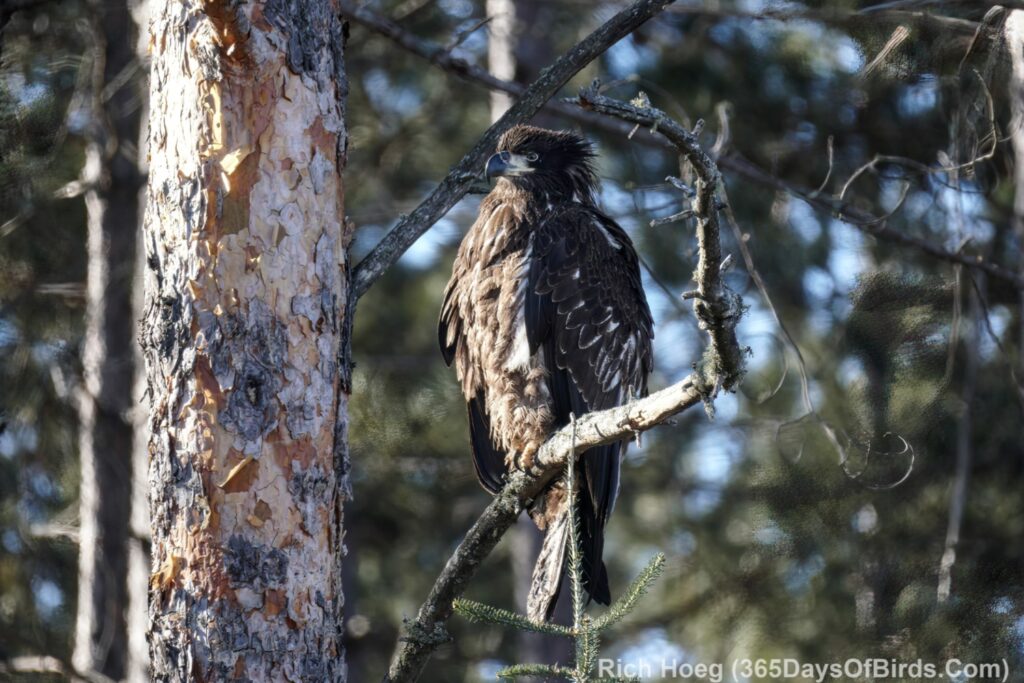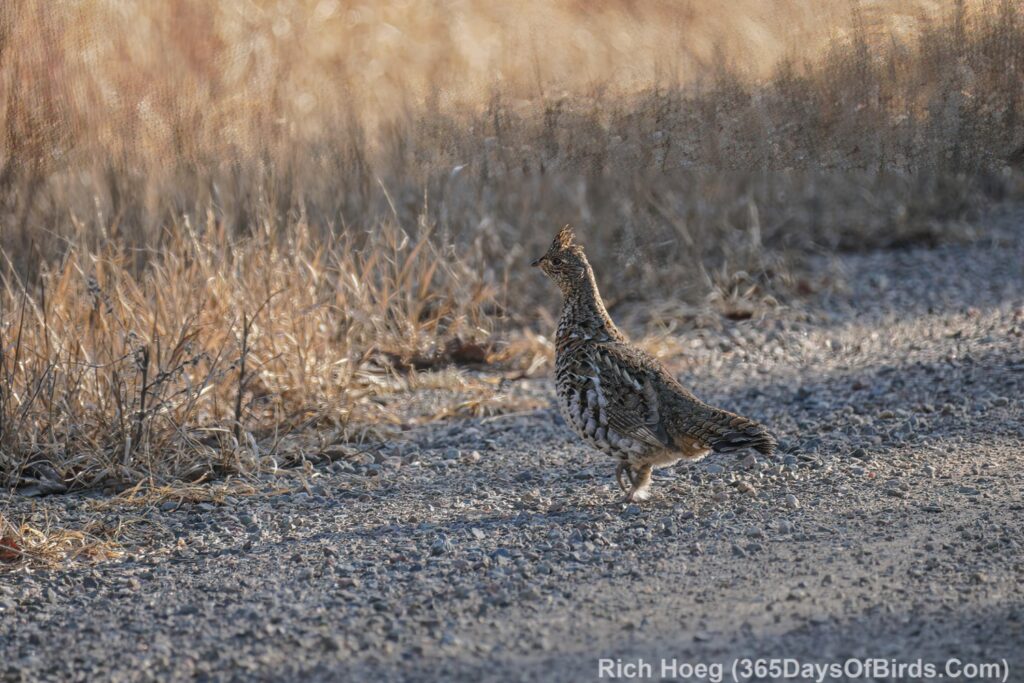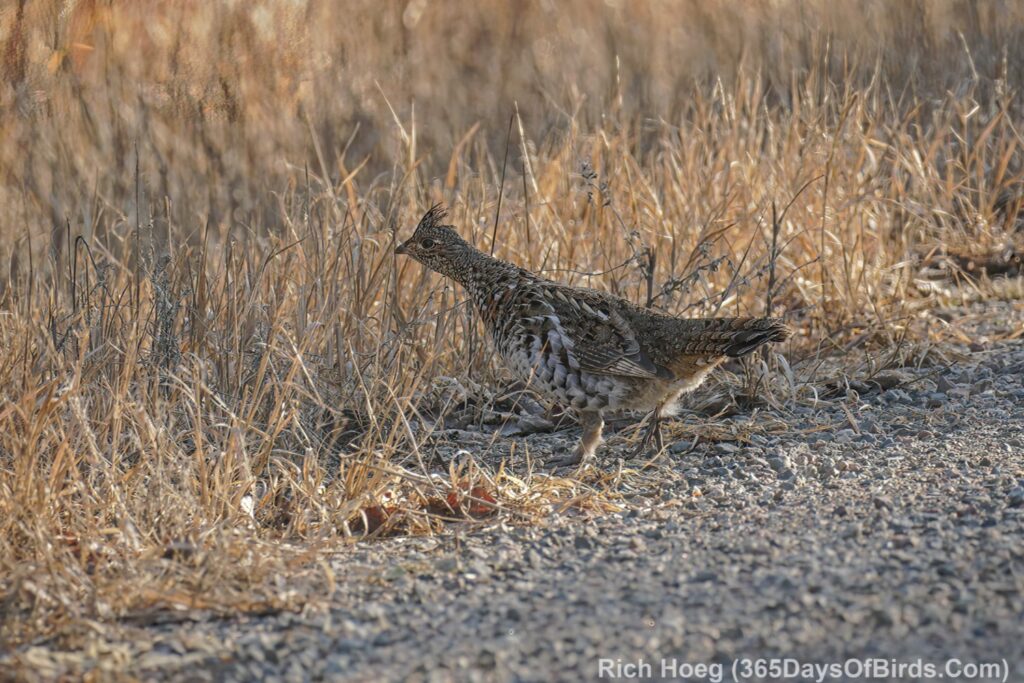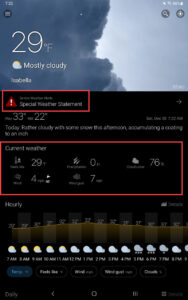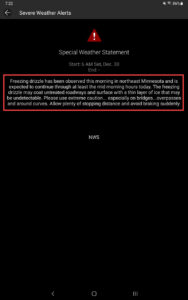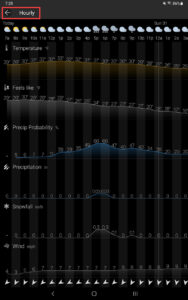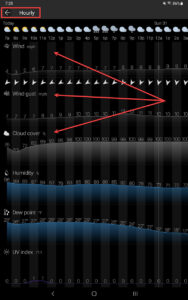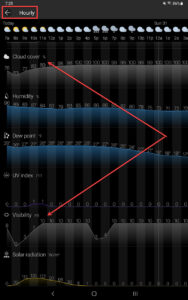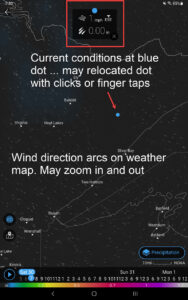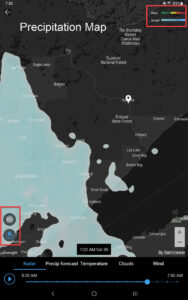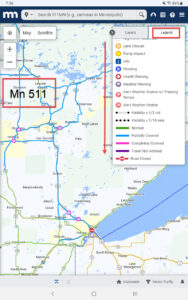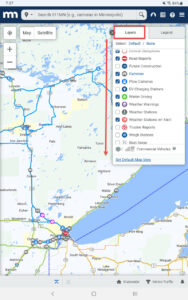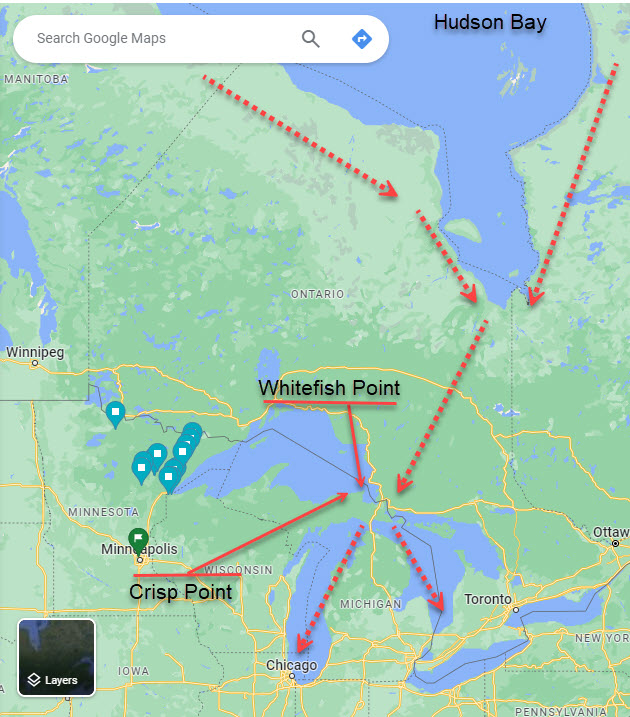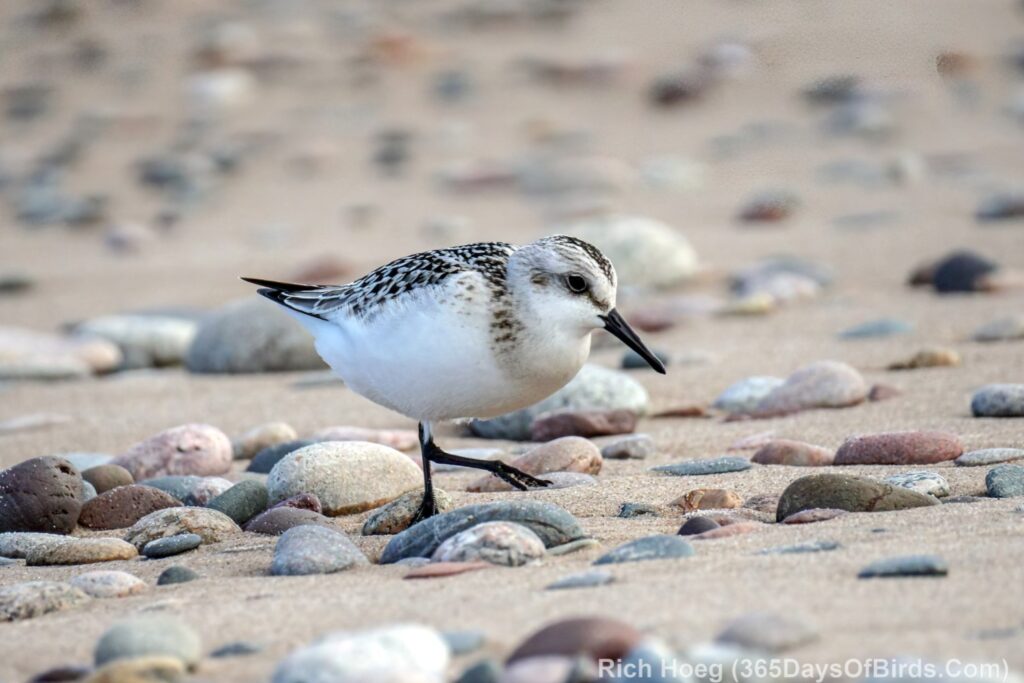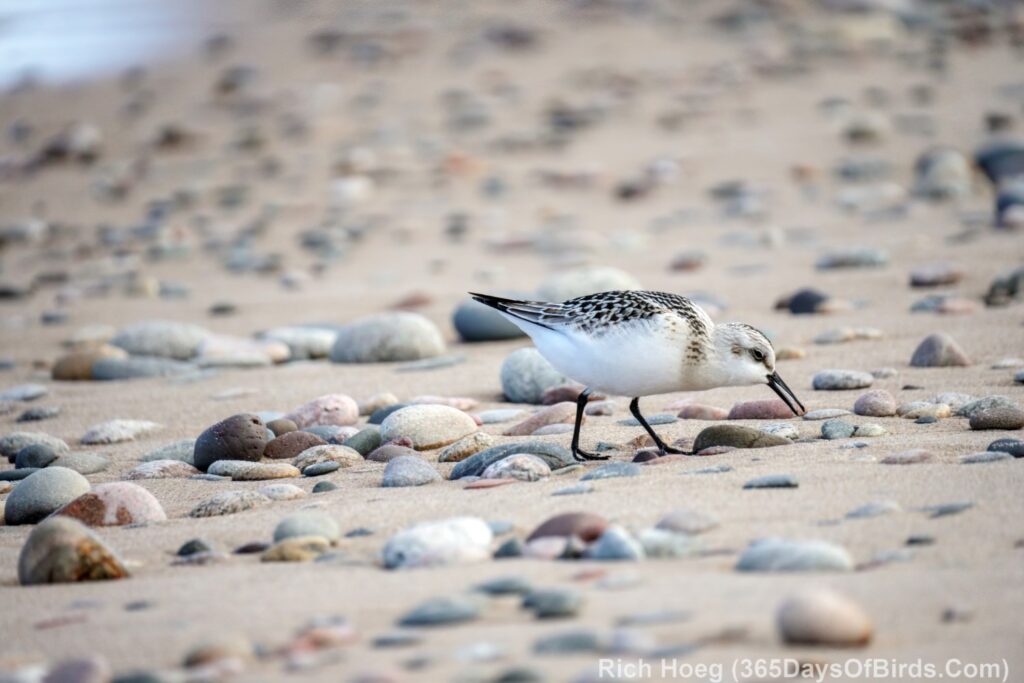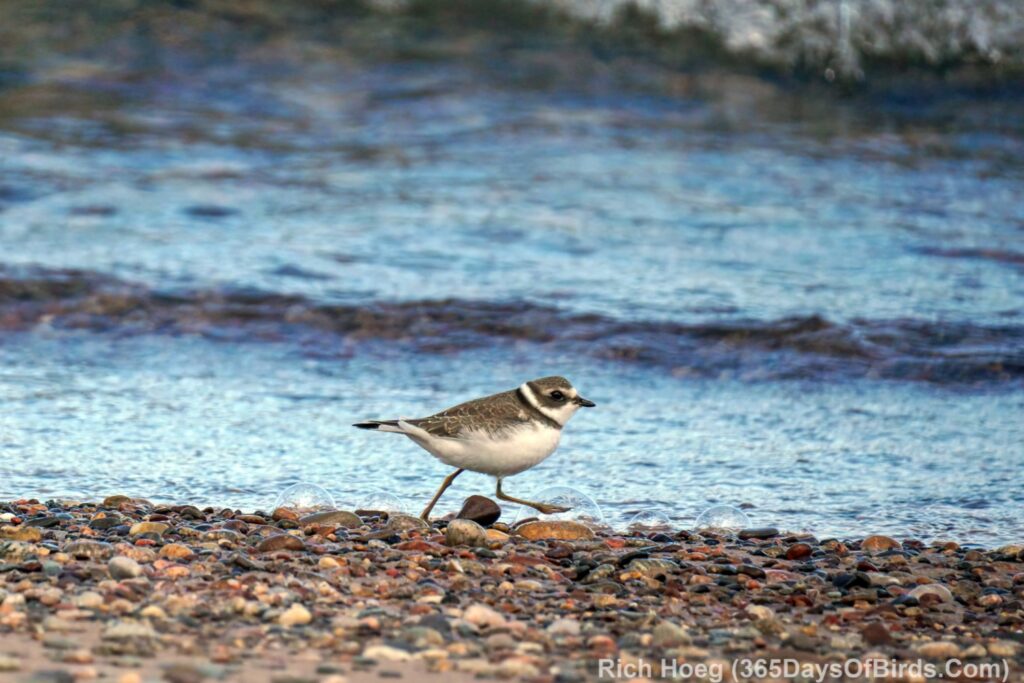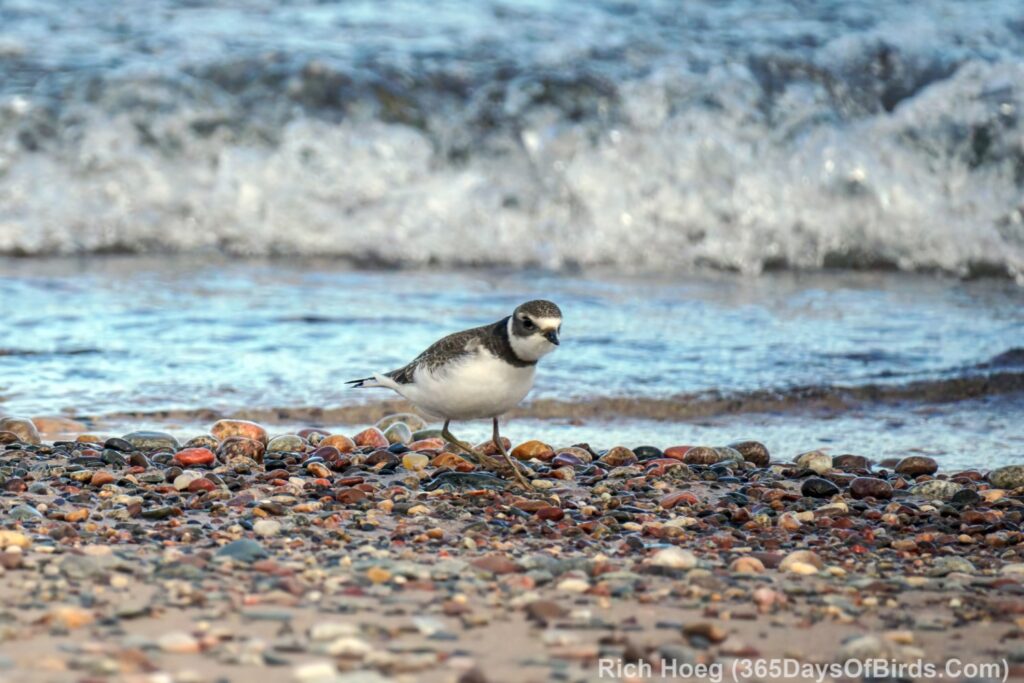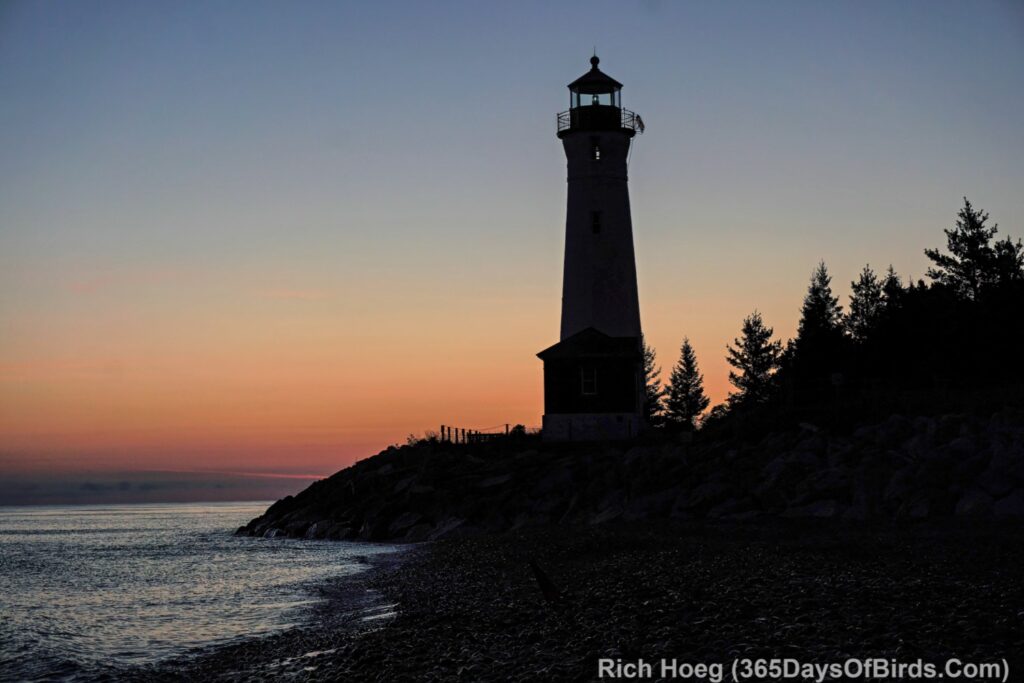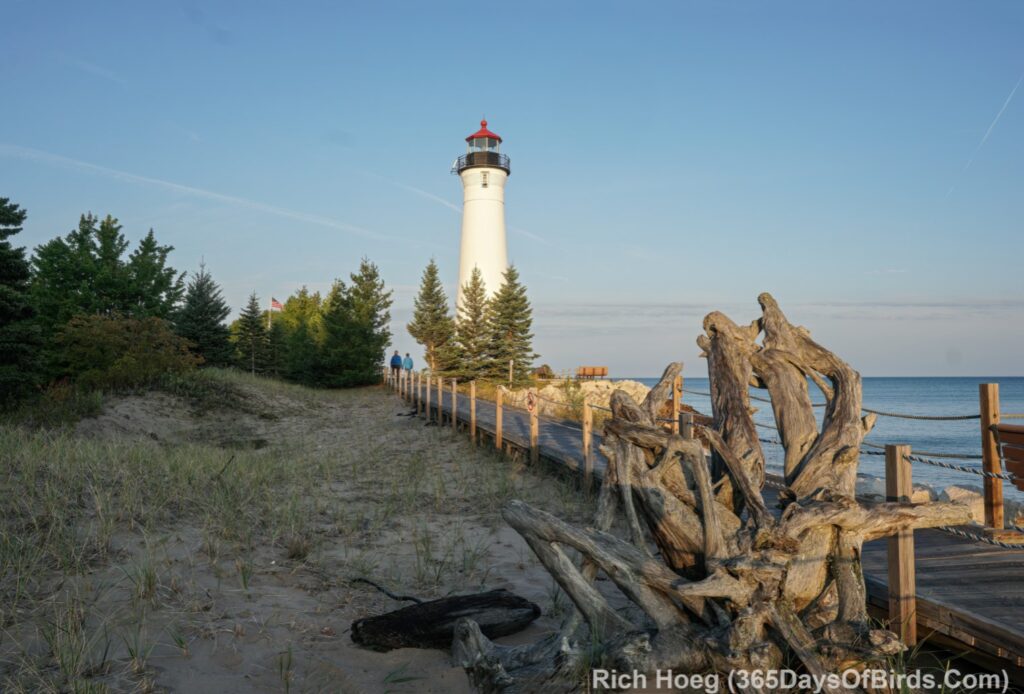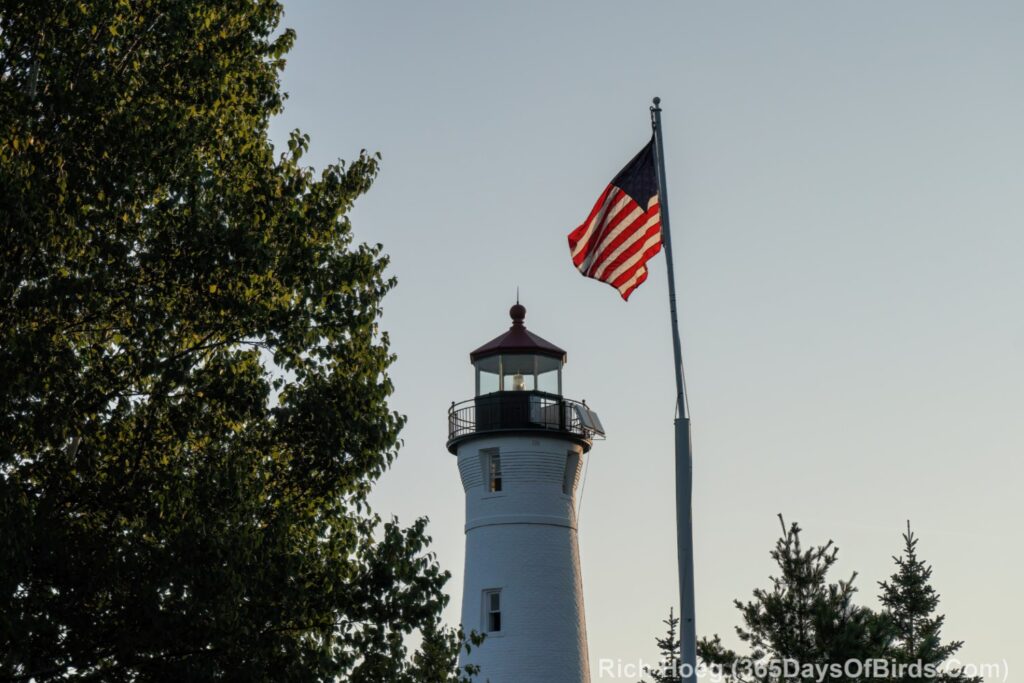Even here in northern Minnesota, the Spring Migration has started. In the last two weeks I have seen many Trumpeter Swans, Snow Buntings, Rough-Legged Hawks and Bald Eagles working their way northward. All of these species of birds are first arrivals to breeding grounds, and many breed upon the Arctic tundra. While those of you who live south of Minnesota already have open lakes and rivers (assuming they ever froze), up here we pay attention to ice out. Some waterfowl will use open water in rivers during migration (ice free before lakes), but many birds prefer to wait for open water on regional lakes. Ice free lakes generally equate to the start of more available food. If a river tracks generally
The Minnesota DNR has an excellent resource for determining ice out dates … essentially in real time. Even if the lake in which you are most interested is not listed, there will always be a nearby lake that you may check for ice conditions. If you follow the march north of ice out, you will get an excellent idea about where to look for the leading edges of significant bird migration. Just remember, all birds will want to ride strong winds out of the south.
Here is the link to the Minnesota DNR Ice -Out Resource and two annotated screenshots to help you understand the tool. I prefer to use a device with a larger screen.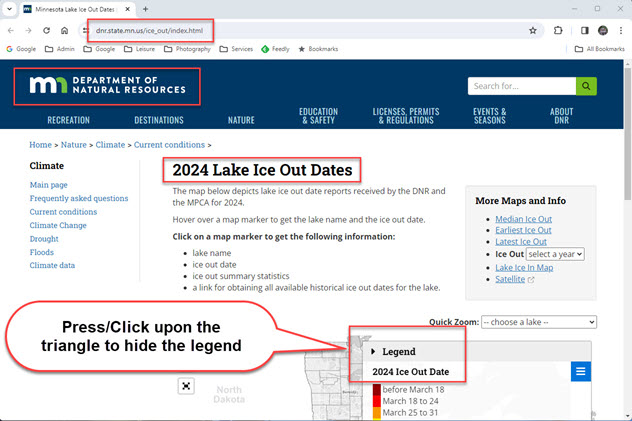
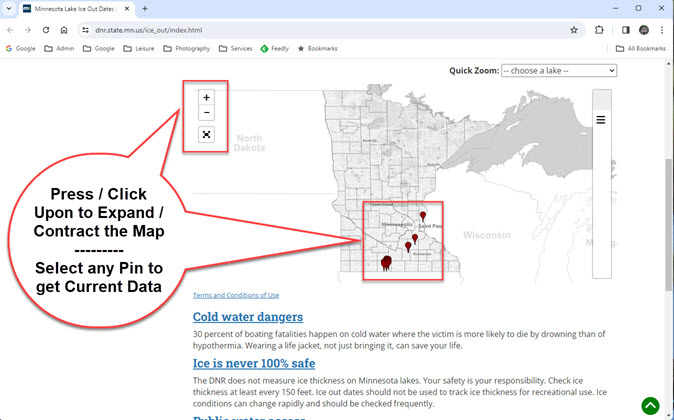
And of course, what would any post be w/o a few images. I saw this immature Bald Eagle and Ruffed Grouse 3 days ago during an earlier morning bird at Sax-Zim Bog.